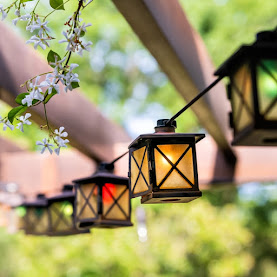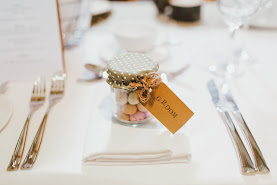Neither the perfect color on the walls, nor the furniture! Learn what plays the most important role in decorating your home.
You may think that it is the shade you will choose for the walls, whether the floor will be covered with wood, marble or tile, how expensive or designer your furniture will be. Certainly everything plays its role in the aesthetic result, however the most important element, the "secret weapon" that will fully highlight the potential of any space in your home is another: Lighting.
Lighting plays an extremely important role in a space, not only practically but also for reasons you might not have thought of until now.
Why lighting is so important
– Lighting sets the atmosphere and affects the mood
Just as it affects how "high" our mood is in the summer - compared to the winter - months, so does the lighting in our space. A study from the University of Toronto showed that bright lights intensify our emotional response to a stimulus. Other scientists argue that lighting affects the regulation of our emotions through the nervous and endocrine systems, making us feel happy or sad depending on the color, heat and intensity of the light that surrounds us.
– Lighting determines the purpose of each room
Every room in the house has its own purpose. The living room is designed to help you relax, while the kitchen is an action area for cooking and eating. There are, of course, rooms whose purpose can change every time. For this reason, it is important when planning the decoration of your home to decide in time what you intend to do in each room and thus to choose the appropriate lighting.
This must also be combined with the natural light of each space, functioning in a complementary way. So e.g. the lighting requirements in a bedroom located in the northern part of a house are completely different from those of a room that is bathed in sunlight all day.
Lighting affects the colors and textures of a space
Color is a function of light reflection on a surface, ie pigments show their color depending on the light they absorb and reflect. Therefore, it is not so important to choose the ideal color for your walls if you have neglected the light that will highlight it.
At the same time, the right light can bring out the textures of fabrics or be used to highlight a single element, e.g. a work of art. The right lighting, therefore, highlights the character of the house. Bad or insufficient lighting, on the other hand, can "ditch" a well-designed space.
Architectural secrets to perfectly illuminate your home
Perfect lighting is not one-dimensional. The architect or specialist decorator who undertakes it must masterfully combine spotlights, floor lamps, recessed lighting, wall lights, pendant lights and sconces to create interest and depth in a room.
For all of these it is recommended to use LED lamps "for more performance with less consumption. In addition, LEDs do not heat up, so they do not increase the temperature in the room, and they have a much longer life time," architect-engineer Anda Mela, co-founder of MADE Architecture & Design Studio, which specializes in interior lighting, tells OW.
She gives some very useful tips regarding the interior lighting of a home:
– The ideal shade in the heat of the light
In recent years we have been using LEDs in Daylight shade, because it simulates sunlight and creates a more pleasant atmosphere in the spaces we live.
The importance of the dimmer
We prefer dimming in lighting, especially for the living room and bedroom, as this way we adjust the intensity according to our needs each time. The reading lamps in the bedroom, for example, must have dimming that will serve everyone, whether they read or not.
– In the bedroom
In this space we always prefer indirect lighting, without hanging lights being necessary. Also, it is now recommended that we put lighting inside the wardrobes, as no room light is strong enough to replace it.
In the bathrooms
It is important to take care that the lighting in the bathroom does not come from above downwards so as not to create shadows when we look in the mirror. It is better if the light is indirect, located e.g. behind the mirror so that women with make-up are also served.
– In the kitchen
On the kitchen worktops we need good lighting, so we choose LED strips, on which we put a sandblasted plastic cover that causes better light refraction so that we don't see the lights of the strip as "pimples".
– In the living room
In the living room, hidden lighting is recommended, among other things, which we place in the bookcase or on furniture. We are careful to put the LED strips and their profiles at an angle so that we do not have direct visual contact with them when we sit or move around the space. Otherwise, a pendant lamp with a dimmer or a lamp can highlight the aesthetics and atmosphere of the space.




















.jpeg)


0 Comments